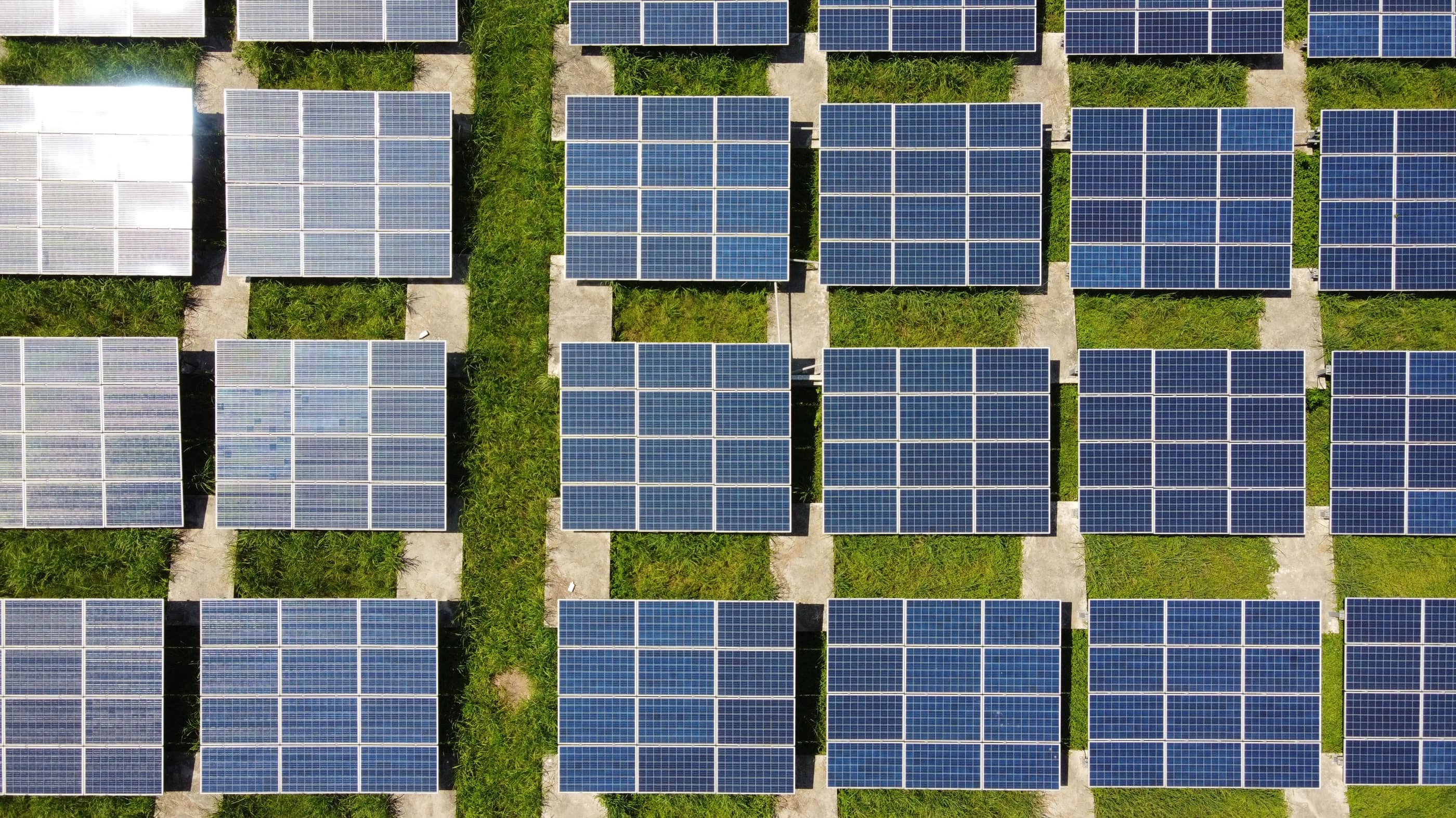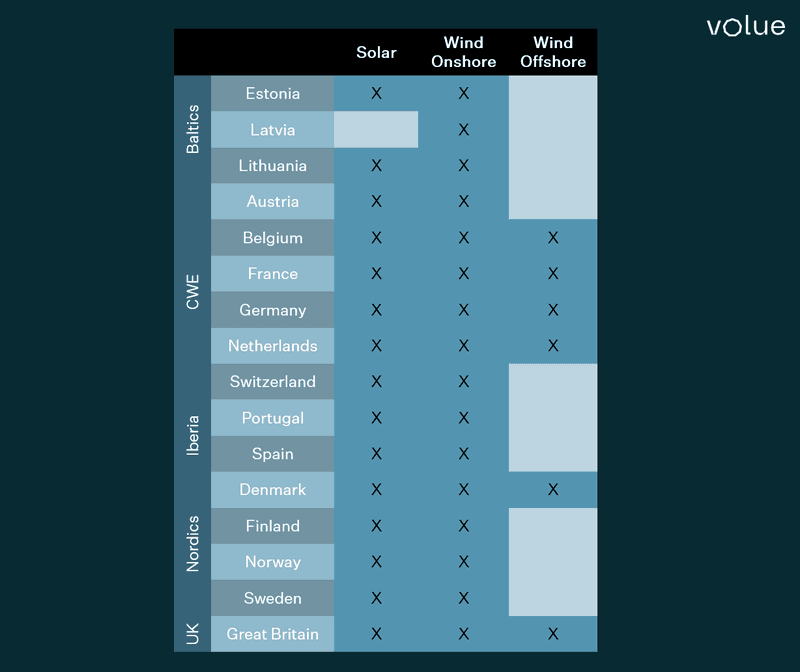Contact us for more information about our solutions
Capture Analysis
We have developed the analysis package for solar and wind investors, power purchase agreement (PPA) counterparties, originators, marketers, and banks that finance renewables. The service consists of actuals and forecasts of generic capture prices, profile deltas, baseload power price and production (generation) curves for solar and wind present in the Insight portal, and via our API service.

Generic Capture Prices
Solar and wind capture prices for the bidding areas throughout Central Europe, Iberia, UK and the Nordics (some products are region specific, check below for details)
API Downloadable
All data can downloaded via the API, straight to your models via our signature API
Long Term Outlook
The capture costs provide an outlook that accompany our quarterly Price Long Term Power Reports, covering the next decades
What does the Capture Price Analysis Product Cover?
The product presents model-based calculations of the captured revenue and costs for the renewable generation. The internal weather model serves as the input for the overall generation profile of the renewables across different countries. When comparing the capture price with the simulated base-load area prices, the net results for the generic profile deltas (previously known as capture costs) can be computed.
All existing and planned generation sources year on year are included for 1) the total of onshore and offshore wind power sources and 2) solar generation sources.
The product consists of the curves for capture prices, profile deltas and for the Nordic regions, [tech]-income curves. The definition of the curves are as follows:
- [Tech]-income curves are the product of generation of the indicated technology and its corresponding prices. It represents the overall revenue expected by the technology at every time period. Only available for Nordic regions.
- Capture Price is defined as the revenue captured by the indicated technology per unit of energy generation. It is calculated by dividing the overall income of the technology by the total generation in the specified time period.
- Profile Deltas is defined as the difference between the capture price of the indicated technology and the baseload power price on the market. It provides a measure of how the technology compares to the marginal plant of the market zone.
- Profile Deltas = Capture Price - Baseload Power Price
The power price forecasts are based on Volue Insight’s quarterly Long Term Power report for both the Nordic and the Continental regions. Because of this, subscribers to the Capture Price are required access to the report. It is important to note that Volue Insight is also in the process of extending the capture price analysis up to 2050 and increasing its geographic coverage in the next quarters.
What price areas and technology do you cover?
The following image presents the different capture costs provided for the different bidding areas throughout Europe:

Product Information
Long-Term Market Analysis

Nordic and Central European Long Term Reports
Our Nordic and Central European reports cover how market prices, industrial development, and policy is driving changes within the power market. The reports are necessary as supporting documents for investments, and are used by power producers and consumers to prepare for the energy transition expected over the next 30 years.
Energy Market Data & Forecasts
Contact us for more information about our solutions
Get in touch

Carsten Fock-Wenzel, Solution Sales Specialist